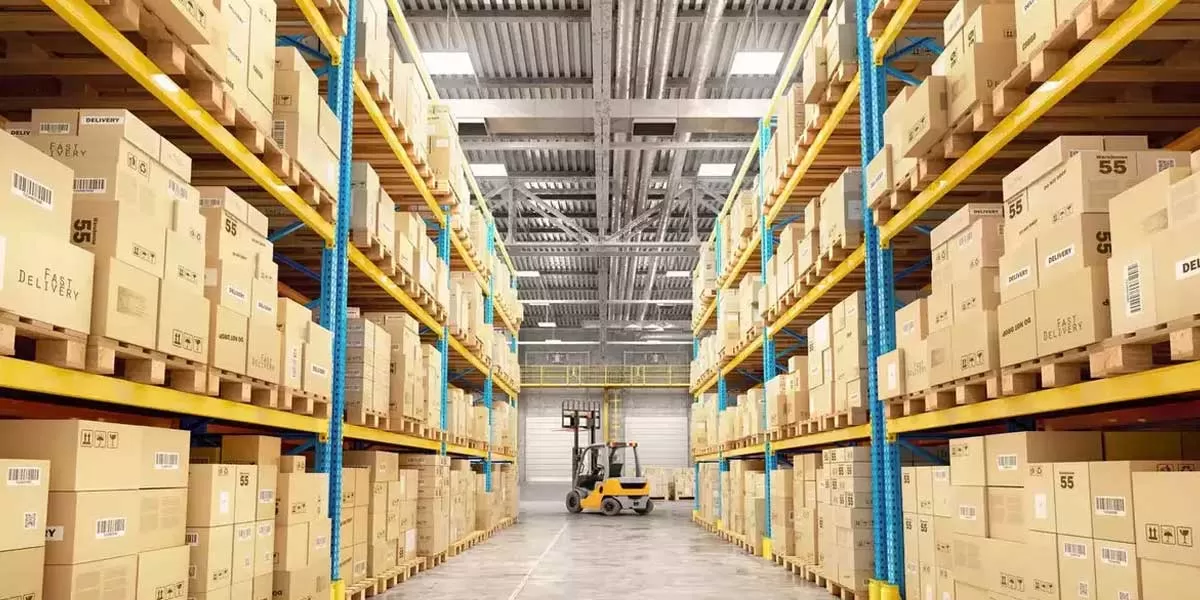India logistics costs are expected to drop significantly within the next five years, aiming to strengthen the country’s global competitiveness. According to Union Road Transport and Highways Minister Nitin Gadkari, the government is committed to reducing logistics expenses to a single-digit percentage of GDP, a move that will boost economic efficiency.
Current India Logistics Costs and Their Impact
India logistics costs currently range between 7.8% and 8.9% of GDP, as per the National Council of Applied Economic Research (NCAER). These high costs are a barrier to economic efficiency, making Indian goods less competitive in the global market. By reducing these costs, India hopes to enhance its productivity, improve supply chain efficiency, and create a more competitive economy.
Strategies to Reduce India Logistics Costs
The ongoing construction of highways and expressways is one of the key strategies to reduce India logistics costs. According to Minister Gadkari, improving road infrastructure will facilitate faster and more cost-effective transportation of goods across the country. This is expected to play a significant role in lowering transportation costs, which contribute heavily to logistics expenses.
Broader Economic Goals Linked to India Logistics Costs
Reducing India logistics costs is part of a larger economic vision. Gadkari highlighted his goal of making India the largest automobile market in the world, overtaking the U.S. and China. He noted that the Indian automobile industry has already grown significantly, with its value jumping from Rs 7.5 trillion in 2014 to Rs 22 trillion in 2024.
Performance Audits to Improve Efficiency
In addition to focusing on logistics and infrastructure, Gadkari emphasized the need for performance audits in organizations. Shifting the focus from financial to performance audits can help businesses improve efficiency and productivity, aligning with the government’s objective to reduce India logistics costs and enhance overall economic growth.
Conclusion:
India logistics costs will be a focal point for the country’s development over the next five years. By reducing these costs, improving road infrastructure, and focusing on economic reforms, India aims to become a stronger, more competitive global economy.







